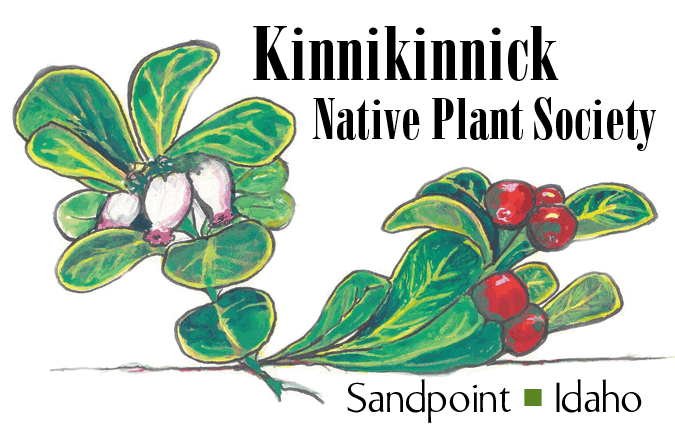Nodding Onion
(Allium ceruum)
Nodding Onion
This delightful member of the Lily family may be responsible for the name of one of America's great cities, Chicago. Built upon land that was originally marshy and heavily populated by a number of onion species, including Nodding Onion (Allium ceruum), “Chicago” is probably derived from “Chigagou,” a Miami and Algonquin word meaning “onion field.” All parts of Nodding Onion have a smell and taste similar to onion and garlic when crushed.
Nodding Onion's Latin name is almost a literal translation of this common name. Allium is the Latin name for “garlic” and ceruum means “nodding.” Geographically, Nodding Onion is found in most of the western and mid-west United States, as far north as southern Canada, extending south to Mexico.
Growing in 1-2 foot high clumps, grass-like leaves appear in spring and stay green through most of the growing season. They are needle-like and hollow, similar to chives. Typical of the Lily family, Nodding Onion propagates by seed and by bulblets, called “sets” or “offsets.” In a garden, control spread by removing faded flowers to prevent seed development.
In June usually, a leafless scape (stalk) shaped like a shepard's crook rises somewhat above the leaves. From the tip of the scape, an umbel unfolds revealing a cluster of up to 30 lavender-pinkish to white, bell-shaped flowers dangling downward on thin stems from a central point. In a breeze, the flower clusters appear to be nodding. Blooming lasts from 3-4 weeks.
Nodding Onion is a low-maintenance plant that adds interest in a cottage garden, rock garden and along borders. It attracts pollinators, especially native bees and butterflies. It prefers full sun and well-drained rich soil, but adapts easily to many soil and moisture conditions. Drought tolerant once established, it is easily grown from seed, sown in spring, or from sets, best planted in autumn.
Northwest Indians had both food and medicinal uses for Nodding Onion. All parts of the plant may be eaten. Raw or cooked, the bulbs are mostly used for flavorings. The leaves and flowers make a tasty addition to salads, spreads and as a garnish.
Medicinally, Nodding Onion has similar properties to garlic (Allium sativum). It can be dried or used fresh to make a poultice for respiratory problems or swelling of the throat or chest. The juice helps relieve sore throats, colds and croup. It may also be applied to the skin to repel biting insects (but then you'll smell like onions!).
If eaten in quantity, Nodding Onion can be poisonous to dogs, and somewhat less so to cats and horses. In the early spring, the emerging foliage can be mistaken for Death Camas, which is poisonous to humans, cattle and sheep. If you're foraging for wild Nodding Onion, be sure you know what you're looking for. Crush a leaf to check for the oniony smell which is missing in all species of Death Camas.
Nodding Onion grows in the Medicinal Garden in the North Idaho Native Plant Arboretum. Open to the public, parking for the Arboretum is at 611 S. Ella Ave. in Sandpoint, ID. Nodding Onion is described and pictured on page 174 of the KNPS publication, Landscaping with Native Plants in the Idaho Panhandle, available at local bookstores and the Bonner County History Museum.
Native Plant Notes are created by the Kinnikinnick Native Plant Society. To learn more about KNPS and the North Idaho Native Plant Arboretum, explore www.nativeplantsociety.org.

